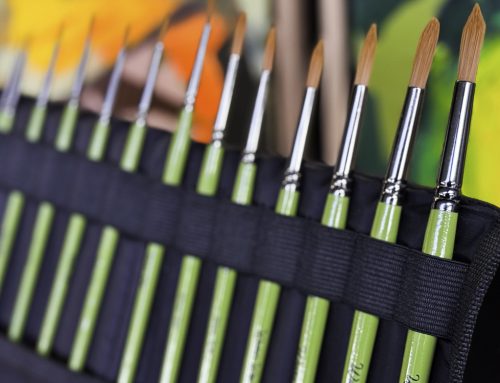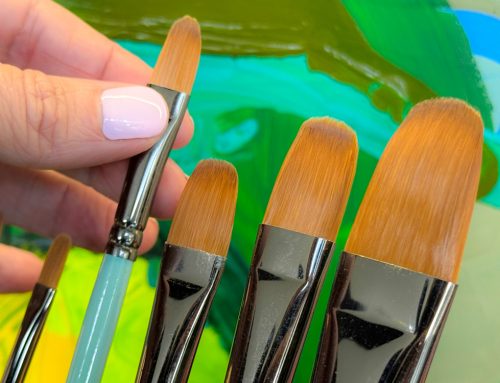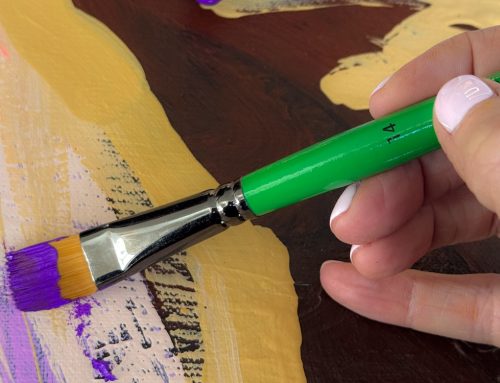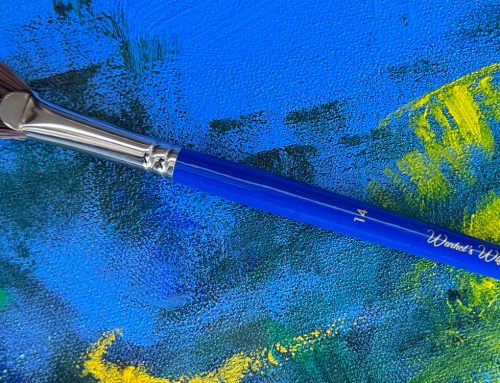Paper stumps, also known as tortillons, are not just tools, but catalysts for transformation in any artist’s hands. Made from tightly rolled, soft, compressed paper sharpened to a point at both ends, paper stumps allow artists to blend, smudge, and shade with precision. These versatile tools have the power to elevate your artwork, enabling you to manipulate your media in subtle ways that can completely change the look and feel of your work. Whether working with charcoal, pastels, conté crayons, or graphite, paper stumps are your go-to tool for adding depth and texture to your work.
What Are Paper Stumps?
Paper stumps are tools used primarily for blending dry media such as graphite, charcoal, pastel, and chalk. These stumps allow artists to smooth out rough edges, create gradient effects, and blend colours effortlessly. Artists value paper stumps for their ability to produce soft transitions between light and dark areas, which can be challenging to achieve using traditional drawing methods.
The unique structure of paper stumps—soft, tightly rolled paper—allows them to pick up and transfer small amounts of pigment, which can be blended into the surface of your drawing. The result is smooth, even shading that adds realism and dimension to your artwork. Mastering the proper technique and use of pressure with paper stumps is a skill that can take your art to the next level, allowing you to achieve everything from soft gradients to sharp shadows.
How to Use Paper Stumps Effectively
One of the key benefits of paper stumps is their versatility. Different media and techniques will yield different results, giving you room to experiment with blending and shading. Here are a few ways to use paper stumps:
Blending for Smooth Transitions
When working with mediums like charcoal or graphite, you may find that blending with your fingers leaves behind too much oil, making the surface appear blotchy. Paper stumps offer a cleaner alternative, allowing you to blend your colours smoothly. However, it’s important to note that excessive pressure or overuse of paper stumps can lead to areas that can not be re-worked. You can create subtle transitions between light and dark areas by lightly dragging the stump over your strokes. Whether blending a soft pastel sunset or creating a smoky effect with charcoal, paper stumps give you control over the softness of your shading.
Smudging for Texture
Smudging with a paper stump allows you to create textures and effects that bring life to your drawings. Whether depicting clouds’ fluffiness or the fine fuzz on a peach, smudging helps you break up hard lines and create softness. For example, you can blend the edges of a portrait to give the skin a smooth, natural look, or smudge pastel to soften the edges of an abstract painting.
Creating Shadows and Highlights
Paper stumps excel at creating both light and dark values. For shadow work, apply firm pressure with the stump to work the medium deeply into the paper’s texture, eliminating the fine white dots that naturally occur due to some paper’s uneven surface. This will give your shadows a rich, dark intensity. On the flip side, if you want to create soft highlights, you can use a lighter touch and gradually build up your shading.
Soft Shading
For delicate shading, especially with graphite or charcoal, you can use a paper stump to apply the medium indirectly. Instead of applying the graphite or charcoal directly to the paper, lay down a patch of the medium on a scrap sheet. Then, pick up the pigment with your paper stump and apply it to your drawing. This method allows for a softer, more even application, ideal for shading skin tones or adding subtle gradients to your work.
Cleaning and Sharpening Your Paper Stumps
To get the best results, keep your paper stumps clean. Dirty stumps can muddle your colours, turning a vibrant red into a murky brown. To clean your paper stumps, gently rub them with a kneadable eraser to lift off excess pigment without damaging the stump. You can easily sharpen your stump using a sanding block, sandpaper, or even an emery board when it becomes dull. Make sure to sharpen in the direction of the point to maintain a clean tip, ensuring precise and controlled blending.
Different Sizes of Paper Stumps
When choosing paper stumps, consider the type of artwork you usually create and the size of your drawings. Larger stumps are perfect for blending broad areas like backgrounds or large swathes of colour, while smaller stumps allow for detailed blending, such as shading the intricate duct of an eye in a portrait. Here is a breakdown of how you can use the different sizes in your work:
- Small Diameter Stumps are ideal for fine details and precision blending. Use these for detailed work like facial features, tiny shadows, or tight spaces that require precision.
- Medium Diameter Stumps are excellent for mid-sized areas like hair, clothing, or background elements that need blending but not too much detail.
- Large Diameter Stumps are perfect for broad areas that require soft gradients, such as skies, landscapes, or large shadowed sections in your drawings.
The different diameters allow you to seamlessly switch between precision and broad strokes, depending on the area you are working on.
Paper Stumps in Practice
Let us explore some specific uses for paper stumps with different mediums:
-
Charcoal
Charcoal can be challenging to control, but paper stumps offer precision that makes it easier to work with. Use them to soften harsh lines or to blend large shadowed areas for more realistic depictions of light and dark.
-
Pastels
Pastels are a notoriously dusty medium, but blending them with paper stumps allows you to create smooth transitions between colours without smearing. Use them to blend pastels for a seamless, painterly effect.
-
Graphite
When working with graphite, paper stumps help gradually build layers of shading. The stump allows you to blend without losing control of your drawing, whether creating soft gradients or deep shadows.
Final Thoughts on Paper Stumps
One common mistake when using paper stumps is not cleaning them regularly. Dirty stumps can muddle your colours, turning a vibrant red into a murky brown. To clean your paper stumps, gently rub them with a kneadable eraser to lift off excess pigment without damaging the stump. Another mistake is applying too much pressure when blending, which can lead to overworking. With careful use, cleaning, and sharpening, your paper stumps will last through many projects, helping you achieve a refined, polished look in your drawings.
Investing in a set of paper stumps elevates your work. They add subtle details and gradients that enhance the overall composition. From delicate highlights to deep shadows, paper stumps are the tools to take your art to the next level.
Master your aft and explore the endless possibilities that paper stumps offer—you will wonder how you ever created without them.
VIPurpose Drawing Supplies Rewards
With competitive prices and dedication towards our customer satisfaction, we here at Art Materials Australia pride ourselves on providing you with the best drawing rewards. Sign up for our VIPurpose points program today and get even better discounts through our store and online purchases on all the art materials you need.
Contact us
If you have any queries, please do not hesitate to contact an Art Materials Australia creative member.
Text: 0411248217
E: orders@artmaterialsaustralia.com.au
Join us: Facebook, Instagram, TikTok, Pinterest or Youtube.






